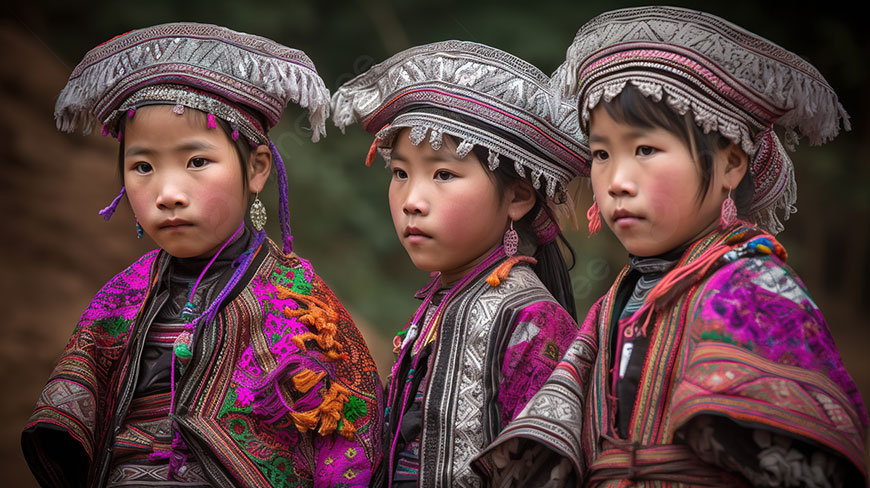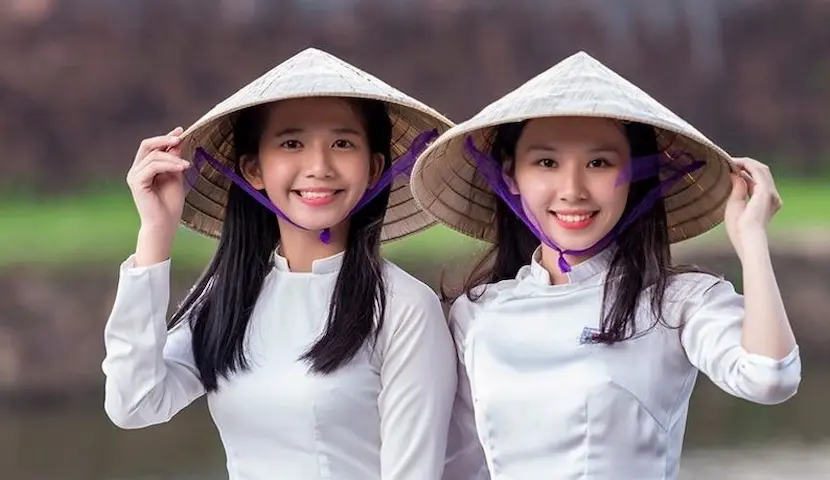Blog
The Role of Hats in Cultural and Traditional Attire
Hats have been an integral part of human history for centuries, transcending beyond mere practicality to symbolize status, culture, and tradition. From ceremonial headdresses to everyday wear, hats have played a significant role in various cultures around the world, reflecting the beliefs, values, and heritage of the people who wear them. Whether used as a symbol of respect, an expression of identity, or a piece of ceremonial attire, hats serve as powerful cultural markers. In this article, we will explore the role of hats in cultural and traditional attire, examining their significance across different cultures and the meanings behind these iconic headpieces.

1. Hats as Symbols of Status and Authority
Throughout history, hats have often been used to indicate one’s social standing, profession, or authority. In many societies, the type, color, and style of a hat were associated with certain roles or positions of power, creating an outward symbol of respect or status.
Examples of Hats as Status Symbols:
- European Nobility: In European courts, hats such as the tricorne and top hat were associated with aristocracy. These hats signified wealth and power, often being worn with elaborate outfits to emphasize one’s elite status.
- Royal Crowns and Crowns for Religious Leaders: Crowns, including those worn by kings, queens, and religious leaders such as the Pope, are perhaps the most iconic examples of hats used to convey authority. These ceremonial hats symbolize power, divine right, and religious leadership, marking their wearer as someone of exceptional importance.
- Fez in the Ottoman Empire: The fez, a cylindrical hat made of felt, was once a symbol of the ruling class in the Ottoman Empire. It later became a symbol of modernization during the 19th and 20th centuries, associated with secularism and reform, particularly in Turkey.
- Top Hat in Western Fashion: The top hat, made popular in the 18th and 19th centuries, was worn by men of the upper class and became a hallmark of formal, sophisticated dress. The taller the top hat, the more distinguished the person was thought to be.
2. Religious and Ceremonial Hats
Hats often play a pivotal role in religious and spiritual practices. Many faiths have specific head coverings that are deeply rooted in tradition and spiritual meaning. These hats are worn as a sign of reverence, modesty, or devotion, and their styles and materials often hold cultural significance.
Religious Hats Across Cultures:
- Kippah (Yarmulke) in Judaism: The kippah, a small, round cap worn by Jewish men, is a symbol of respect and humility before God. It serves as a reminder of the divine presence above and is traditionally worn during prayers, meals, and other religious ceremonies.
- Turban in Sikhism: The turban, or Dastaar, is a key element of Sikh identity, symbolizing spirituality, honor, and the wearer’s commitment to justice and equality. For Sikhs, wearing a turban is not only a cultural practice but also a sacred obligation, as it represents their faith and connection to God.
- Hijab in Islam: The hijab is a headscarf worn by Muslim women as a sign of modesty and religious piety. It is an important part of the Islamic tradition, reflecting values of privacy, respect, and devotion to God.
- Mitre in Christianity: The mitre is a ceremonial headpiece worn by bishops and other clergy in the Catholic, Orthodox, and Anglican traditions. It represents the authority of the wearer within the church and is often used during important liturgical ceremonies.
3. Cultural Identity and Heritage
Hats also serve as powerful markers of cultural identity, helping to distinguish different ethnic groups or regions. In many cases, traditional hats are worn during festivals, rituals, or significant events to celebrate cultural pride and heritage.
Cultural Hats as Identity Symbols:
- Sombrero in Mexican Culture: The sombrero is one of the most recognizable symbols of Mexican culture. Originally designed as a functional hat to protect from the sun, it has become an emblem of Mexican identity, worn during celebrations like Cinco de Mayo and traditional dances such as the mariachi.
- Beret in French Culture: The beret, often associated with French culture, particularly in the countryside and urban art scenes, has become an enduring symbol of French identity. It has been worn by famous artists, military personnel, and politicians throughout history and remains a staple of French fashion.
- Fedora in American Culture: The fedora, a hat with a soft brim and pinched crown, became popular in the early 20th century and was synonymous with men’s fashion in the United States. It has remained a symbol of classic American style, often seen in films and associated with iconic figures like Humphrey Bogart.
- Wide-Brimmed Straw Hat in Caribbean and African Cultures: In many Caribbean and African cultures, wide-brimmed straw hats are traditionally worn as protection from the sun while working outdoors, particularly in farming communities. Over time, these hats have come to represent a connection to the land and a symbol of cultural resilience.
4. Hats in Traditional and Folk Costumes
In addition to their role in everyday fashion and ceremonial wear, hats are a key component of traditional costumes and folk attire. In many cultures, specific types of hats are worn during important cultural events, festivals, and weddings.
Traditional Hats in Folk Costumes:
- Ushanka in Russian Culture: The ushanka, a fur-lined hat with earflaps, is a traditional Russian headgear that became iconic in cold-weather attire. It is widely recognized as a symbol of Russia, worn both for warmth and as part of the national identity.
- Chullo in Andean Culture: The chullo is a colorful, knitted hat that originated in the Andean region of South America. Made from alpaca wool, the chullo is worn by indigenous people in the highlands of Peru, Bolivia, and Ecuador, and often features intricate designs and patterns reflecting regional heritage.
- Somali Headscarves: In Somali culture, men and women wear distinct headscarves or turbans, called “ma’awis” or “guntiino”. These head coverings are used to convey personal identity, social status, and regional origin, often featuring colorful patterns that hold significant cultural meaning.
5. Hats in Special Occasions and Celebrations
Hats have long been worn as part of special occasions, whether in weddings, festive gatherings, or other ceremonial events. Many traditional hats are tied to specific celebrations and serve as a marker of festivity or celebration.
Examples of Hats for Special Occasions:
- Weddings: In many cultures, hats play an important role in wedding attire. In Western cultures, bridal veils and tiaras are common, symbolizing purity, beauty, and the sacredness of the marriage ceremony. In other cultures, brides may wear decorative headpieces like the maang tikka (a traditional Indian jewelry piece) or a colorful headwrap (common in African and Caribbean weddings).
- Festivals: In countries like Spain, the flamenco hat is often worn by women during festivals, adding drama and elegance to their traditional dancing attire. Similarly, in the United States, the Mardi Gras festival in New Orleans sees participants donning creative, elaborate hats that reflect the vibrant and playful nature of the celebration.
- Military and Service Hats: Many countries use hats in formal events such as parades and national holidays to showcase military or service pride. For example, the military beret symbolizes discipline and service, while ceremonial hats worn by soldiers during state events carry historical and national significance.

6. Conclusion
Hats are much more than just fashionable accessories; they are rich with cultural significance and have been used to signify identity, status, tradition, and ceremony for centuries. From the crowns of monarchs to the religious headpieces worn by clergy, hats have played vital roles in shaping the cultural landscapes of societies around the world. Whether for protection, symbolism, or decoration, hats continue to be deeply ingrained in the cultural fabric of many nations, reflecting the values, beliefs, and heritage of those who wear them. By understanding the cultural and traditional roles of hats, we gain a deeper appreciation for the ways in which these headpieces transcend fashion, becoming iconic representations of personal and collective identity.


